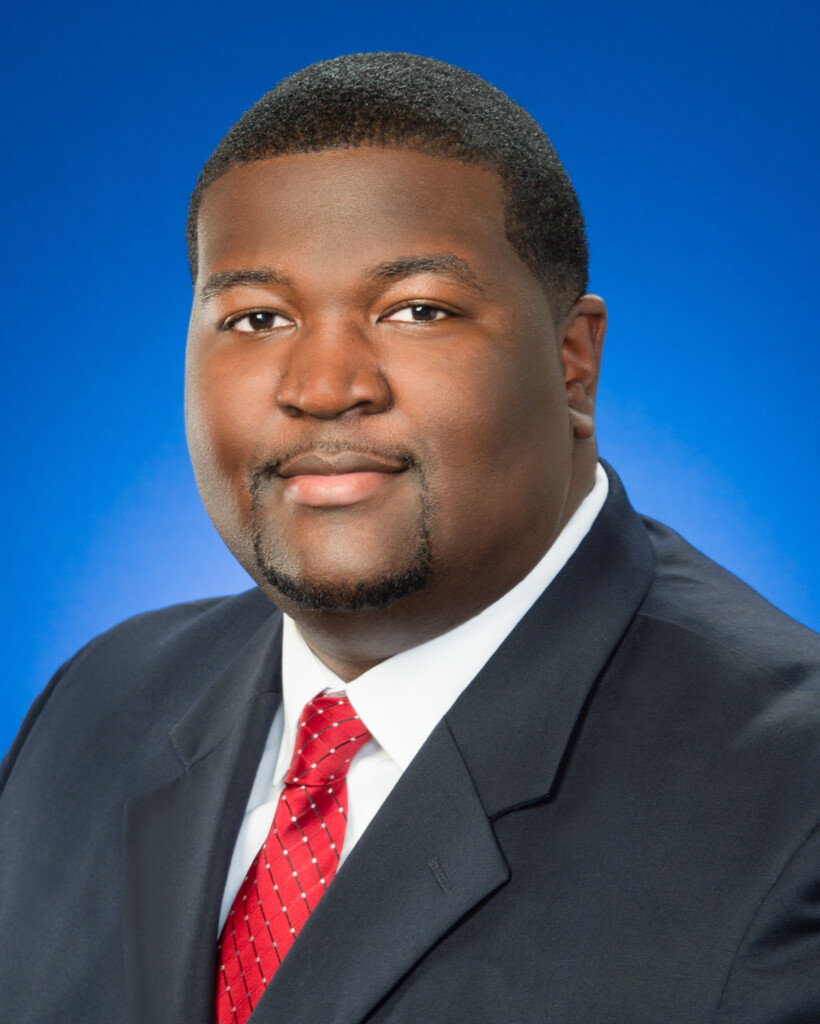Brian Prince, Vice President of Development, was recently asked a series of questions regarding diversity in real estate development and a potential project in Tampa, Florida.
How long have you worked in the real estate industry?
I started working in real estate around 2007 while still in college. I started out in the single family space and wholesaling homes to investors that flipped houses. A few years later, I was able to start making some investments of my own and obtained my real estate broker’s license. That single family start in real estate gave me a desire to pursue something bigger in commercial real estate.
Why is there such a race disparity within the real estate development industry?
I believe that there is a large disparity of minorities in the real estate industry because of a lack of exposure to these types of professions. Many minorities have a lack of “social capital”, meaning that their networks of neighbors and family friends are not the same network of individuals one might see in more middle or upper class America. Because of this lack of social capital, you may not know a lot of professionals and therefore you don’t learn of possible internship opportunities from a neighbor at their firm, or you don’t have a mom or dad who can bring you into the office for the summer.
At F&C our mission is to help change this narrative. We have developed partnerships with schools located within low-income communities and provided job shadowing, internship opportunities and mentoring to students in attendance. These efforts prepare students for the demands of the growing knowledge-based economy. Additionally, not only have we developed students professionally, but personally as well by providing assistance with post high school plans, and job placement within Flaherty & Collins Properties.
What types of properties have you been involved with and who was the target audience?
While at F&C, I have worked on projects with both our Affordable Housing Team and our Market Rate Team. The majority of my time is spent on our larger, mixed-use market rate projects across the country, but in larger cities many of the projects I work on require mixed-income housing as well. I currently have mixed-use projects that I am leading or have completed in Indiana, Michigan and Colorado. With so much growth occurring across the state of Florida, I have now made Southwest Florida a priority for development with Tampa down to Ft. Myers and Cape Coral serving as key markets for growth.
Understanding that affordable rent is critical, and the fact that many families are struggling to keep up with the annual rent increases, at F&C we try to set ourselves apart from our competitors and seek challenging projects that provide us with the opportunity to form public private partnerships.
What can cities do to ensure that developers involved in projects such as the Rome Yard development are a reflection of the diversity that exists within their local communities?
We believe diversity, equity, and inclusion is a top down effort and if there is no buy in at the top it can be very difficult to have a trickle down impact at grass roots level. Cities like Tampa understand a few key things, if you want affordable and workforce housing you have to invest in a targeted way. Successful developers must understand the communities they are going into and build relationships with stakeholders. Gentrification is a big problem, and a smart developer will figure out how to provide housing and create an economic generator that produces well-paying jobs and critical life skills.
At F&C, we try to understand a community’s needs and help the city address those needs through our development. Most of all, we listen and then react. We engage at the grass tops and grass roots level to work out a financially feasible plan that delivers as much of the wants as possible and all of the needs that the local community will need for success.
What is your vision for the Rome Yard project – how will you serve as a voice for the people who will call the development home?
Our vision for this development is a blend with a 60% allocation of workforce housing, and 40% market rate with townhomes available for sale along with multifamily rentals. We have a big vision for this site and what it could be. We want to create a destination and have a mix of commercial and restaurant space and open up the connection back to the River Front.
We see this as a multi-modal connected development site. We want to take people from the community and provide jobs and training and give them the tools to be successful. We think a new community center/cultural center would be great for the area. The entire goal of our vision for this site is empowerment and uplifting the community.


